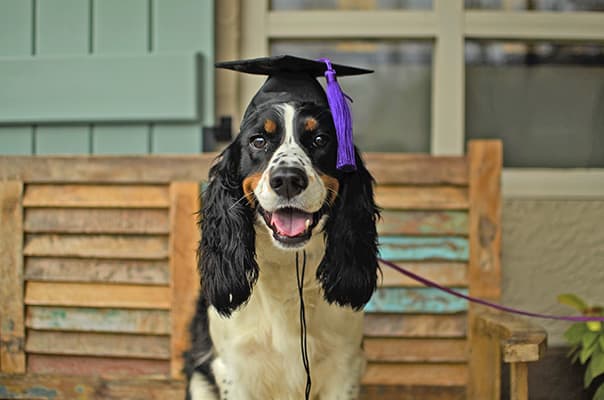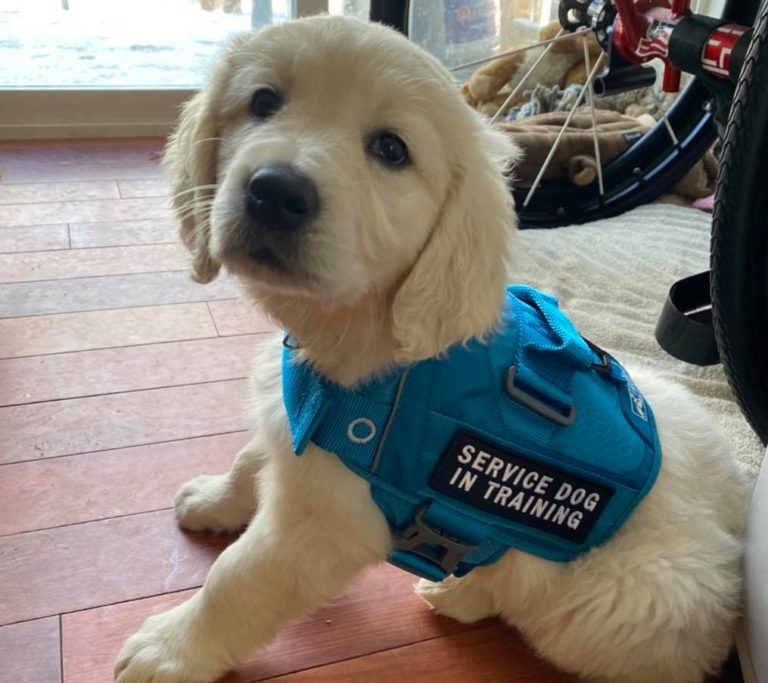Elevate Your Skills with Local Dog Training Charlotte Programs
Elevate Your Skills with Local Dog Training Charlotte Programs
Blog Article
Unlock Your Pet's Prospective: Proven Dog Training Methods for Success
Effective pet dog training is a nuanced procedure that hinges on recognizing canine actions and employing medically backed methods. By incorporating positive reinforcement, establishing clear commands, and prioritizing socialization, canine proprietors can grow an effective connection with their family pets.
Comprehending Pet Dog Actions
Understanding canine behavior is vital for efficient training and fostering a positive connection between pets and their owners. An extensive grasp of canine body movement, articulations, and social communications is critical for recognizing their requirements and emotions. Dogs connect largely via non-verbal cues; for instance, a wagging tail might suggest exhilaration, while pinned ears can signify worry or entry.

In addition, environmental elements play a substantial function in forming a canine's actions. Modifications in regular, brand-new environments, or the visibility of strange people can bring about anxiety or anxiety in pets. Recognizing these triggers makes it possible for proprietors to minimize unfavorable reactions and establish suitable training techniques.
Eventually, a deep understanding of pet behavior lays the foundation for successful training approaches, improving both actions and the overall bond in between the pet dog and its owner. dog training near me. This understanding is indispensable for fostering a well-adjusted, happy canine friend
Favorable Support Techniques
Effective training counts greatly on positive support methods, which have actually been revealed to yield substantial results in shaping desired habits in pet dogs. This strategy entails compensating a pet for exhibiting details habits, therefore increasing the probability that these behaviors will be repeated. Benefits can take numerous kinds, including deals with, praise, toys, or playtime, depending on what motivates the private dog.

It is important to slowly eliminate benefits as the pet discovers the actions, transitioning to periodic reinforcement. This approach preserves the actions gradually while preventing reliance on continuous rewards. By focusing on favorable support, trainers can cultivate a trusting connection with their dogs, advertising a healthy and cooperative training atmosphere that boosts total obedience and performance.
Developing Constant Commands
An essential aspect of effective canine training is the establishment of consistent commands. Uniformity in commands is critical for efficient communication between the trainer and the pet dog. When commands are consistent, pet dogs discover to link details words with desired actions, which increases the training process and improves understanding.
To develop consistent commands, it is vital that all member of the family make use of the very same terminology and motions. If one individual uses "sit" while one more claims "rest down," it can create confusion for the pet. Select clear, unique words for commands and ensure everybody associated with the pet's training follows these selections.
Strengthen commands through regular practice, guaranteeing that the canine obtains adequate chances to react correctly. When a pet successfully adheres to a command, instant positive support these details needs to comply with.
Finally, hold your horses. Establishing consistent commands takes some time and effort. With commitment and quality, you will assist your dog establish a strong understanding of assumptions, ultimately resulting in a well-behaved companion.
Socialization and Direct Exposure
Mingling a dog is vital for fostering a confident and well-adjusted friend. This process includes revealing your pet dog to a variety of atmospheres, individuals, and various other animals to develop their social skills and versatility. Early socialization, preferably in between the ages of three to fourteen weeks, is vital, as it prepares for a pet's future habits.
During socialization, objective to offer positive experiences in various setups, such as parks, busy roads, and homes with other animals. Introduce your dog to various stimuli, consisting of noises, sights, and scents, guaranteeing that each experience is gratifying. This exposure assists reduce concern and anxiety, leading the way for a much more durable canine.
Involving in regulated team play sessions with other dogs can also improve social skills, instructing your pet suitable communications and boundaries. Constantly monitor site link your pet's comfort degree throughout these experiences, gradually raising direct exposure as their confidence expands. Bear in mind, view it the objective is to develop an all-round animal that prospers in varied circumstances, advertising a harmonious partnership with both humans and various other pets. Prioritizing socializing will considerably add to your canine's total joy and behavior throughout their life.
Conquering Common Training Challenges

Pets might battle to concentrate in unfamiliar or active setups. Slowly desensitize your pet dog to diversions by beginning training in a peaceful setting and slowly presenting more stimulations as they become competent.
In addition, behavior concerns like leaping or excessive barking can end up being discouraging. Address these by educating alternative behaviors, such as resting comfortably when welcoming visitors. Uniformity and persistence are crucial; reinforce preferred actions regularly and stay clear of abuse, which can cause complication.
Last but not least, acknowledge that each dog is unique, and training timelines may vary. Dressmaker your approach to your pet dog's specific requirements, and look for specialist support if essential. With willpower and the appropriate methods, overcoming these difficulties can bring about a well-trained, delighted canine friend.
Final Thought
Finally, unlocking a pet's possible requires a thorough technique that includes an understanding of canine behavior, the application of positive support methods, and the establishment of constant commands. Early socializing and direct exposure to varied environments further improve a pet dog's flexibility and self-confidence. By resolving common training difficulties with tailored strategies and perseverance, a cooperative and unified partnership in between dog and handler can be cultivated, inevitably leading to a well-behaved buddy efficient in thriving in various circumstances.
Effective canine training is a nuanced procedure that pivots on comprehending canine habits and utilizing clinically backed techniques.Understanding pet habits is crucial for efficient training and promoting a positive relationship between canines and their proprietors.Reliable training relies greatly on favorable reinforcement techniques, which have actually been shown to generate significant results in forming wanted behaviors in canines. When commands are consistent, pets learn to associate particular words with wanted actions, which accelerates the training procedure and enhances understanding.
In conclusion, unlocking a canine's potential necessitates a thorough technique that incorporates an understanding of canine behavior, the application of positive support methods, and the facility of regular commands.
Report this page